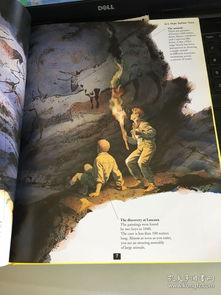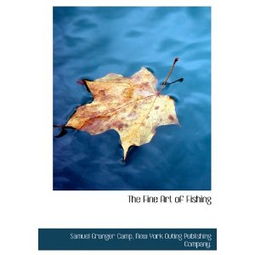Content:
Fishing in a dried-up river can be a challenging endeavor, as the water levels are typically low and the fish may be harder to find. However, with the right techniques and a bit of patience, you can still enjoy a successful fishing trip. Here are some essential tips and tricks to help you master the art of fishing in a dried-up river.
Choose the Right Time of Day
Early morning and late afternoon are the best times to fish in a dried-up river. During these periods, the sun is less intense, and the water temperature is cooler, which can make fish more active. Fish may also be more visible in the low light conditions, making it easier to spot them.
Use the Right Equipment
In a dried-up river, every detail counts. Here are some key pieces of equipment you should consider:
- Lightweight Rod and Reel: A lightweight rod and reel will allow you to cast more accurately and with less effort, which is crucial in a low-water environment.
- Small Lures and Baits: Fish in a dried-up river may be more selective, so use small lures and baits that mimic natural prey. Live bait, such as worms or minnows, can also be effective.
- High-Visibility Line: Use a line color that contrasts with the riverbed, such as a bright green or orange, to make it easier to spot your line in the murky water.
- Scented Baits: Adding a scent to your bait can attract fish that may be less active in low water conditions.
Spotting Fish
In a dried-up river, fish may be concentrated in certain areas, such as the deepest parts or near any available cover. Look for the following spots to increase your chances of finding fish:
- Deeper Pools: Fish often congregate in deeper pools where they can find more oxygen and cooler water.
- Structure: Rocks, logs, and other debris can provide cover and attract fish.
- Current Breaks: Areas where the current slows down can be hotspots for fish looking to rest or feed.
Adjust Your Technique
When fishing in a dried-up river, you'll need to adjust your technique to account for the low water levels:

- Shorter Casts: Casts that land too far from the fish may result in lost baits or lures. Keep your casts short and precise.
- Patience: Fish may be less active, so be patient and wait for the right moment to make a cast.
- Tread Lightly: Walk carefully to avoid disturbing the water and spooking fish.
Fishing Techniques for Dried-Up Rivers
Here are some specific fishing techniques that can be effective in a dried-up river:
- Surface Fishing: In shallow water, you can try surface fishing with small lures or baits. Cast near the edges of pools or along the riverbank.
- Nedging: For deeper pools, use a slow retrieve with a weight on your line to allow your bait to sink and then drift back towards you.
- Still Fishing: In areas with very little current, you can try still fishing by holding your rod still and waiting for a bite.
Weather Considerations
The weather can have a significant impact on fishing in a dried-up river. Here are some tips to consider:
- Cloudy Days: Fish may be more active on cloudy days, as they are less likely to be spooked by bright sunlight.
- Wind: Use the wind to your advantage by casting into the wind and allowing your lure or bait to drift back to you.
- Rain: Rain can cool the water and potentially increase fish activity. However, be cautious of flooding conditions that can make the river unsafe.
Safety First
Always prioritize safety when fishing in a dried-up river. Here are some safety tips:
- Stay on High Ground: Avoid walking in areas that may be prone to flooding or erosion.
- Tell Someone Where You Are: Inform a friend or family member of your fishing plans and expected return time.
- Be Prepared: Carry a first aid kit, a flashlight, and any other necessary safety gear.
By following these tips and techniques, you can increase your chances of success when fishing in a dried-up river. Remember that patience and a willingness to adapt to the conditions are key to a rewarding fishing experience. Happy fishing!












